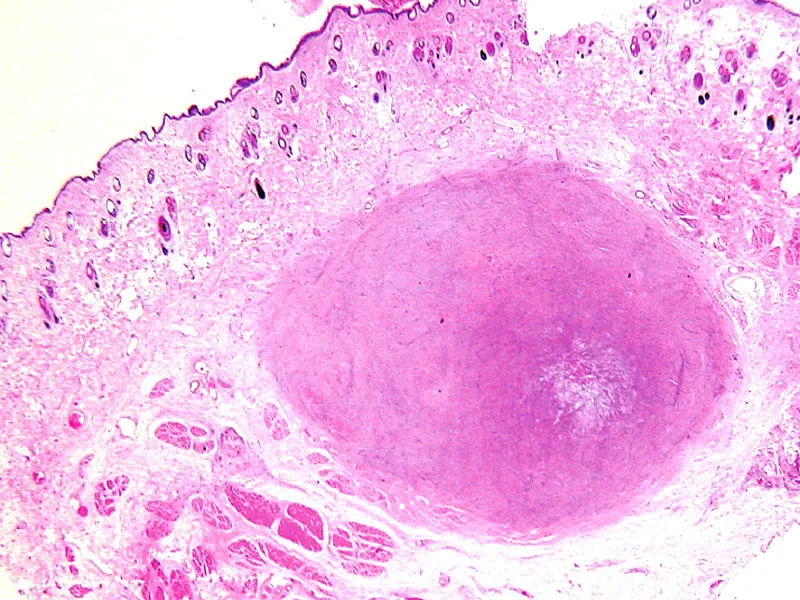Detection of reticuloendotheliosis virus by immunohistochemistry and in situ hybridization in experimentally infected chicken embryo fibroblasts
DOI:
https://doi.org/10.24070/bjvp.1983-0246.002006Keywords:
Immunohistochemistry, in situ hybridization, Reticuloendotheliosis, chicken, fibroblastAbstract
Reticuloendotheliosis virus (REV) infection can result in immunosuppression, runting syndrome, high mortality, acute reticular cell neoplasia, or T- and/or B-cell lymphoma, in a variety of domestic and wild birds. Histopathological changes of reticuloendotheliosis (RE) are not sufficient to differentiate it from Avian Leukosis (AL) and Marek’s disease (MD). Currently there are no available diagnostic methods for detection of active REV infection. In order to develop immunohistochemistry (IHC) and in situ hybridization (ISH) assays for detection of REV active infections, experimentally inoculated formalin-fixed and paraffin embedded DF-1 chicken embryo fibroblasts were used as an infection model. IHC and ISH assays proved to be efficient for the detection of several REV strains, and to differentiate those strains from representative strains of the avian leukosis/sarcoma group of retroviruses (ALSV).


